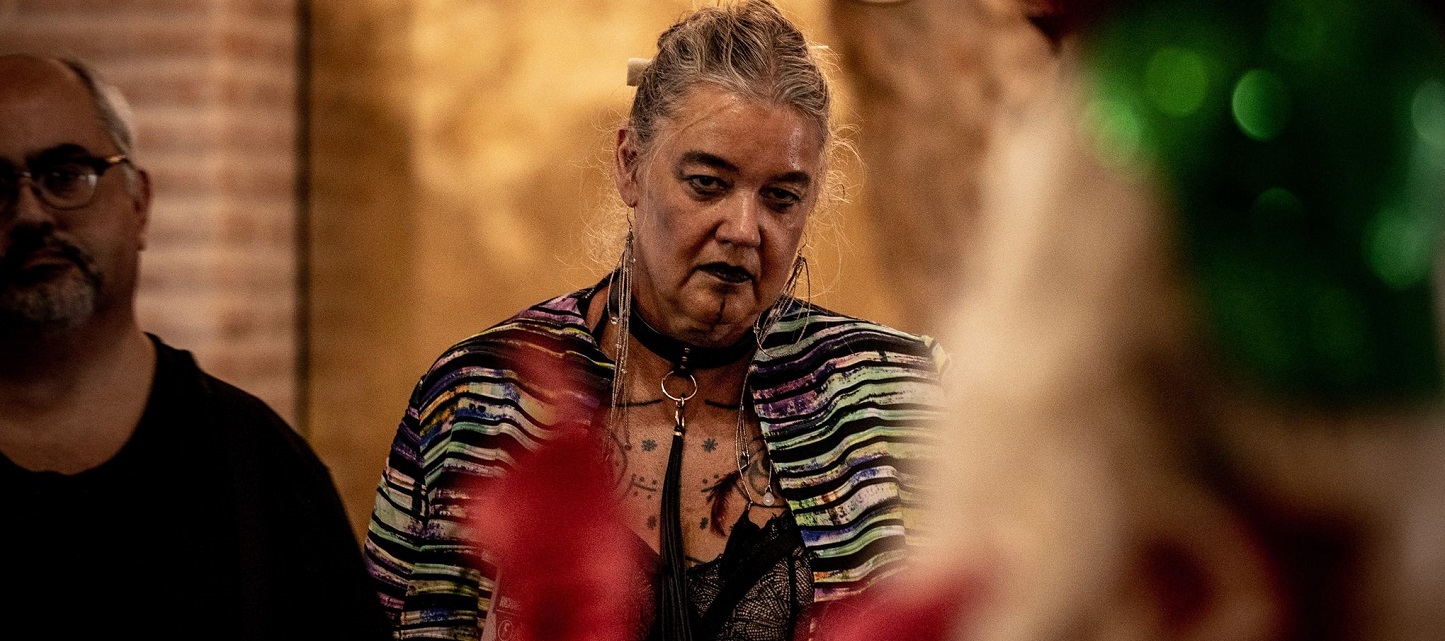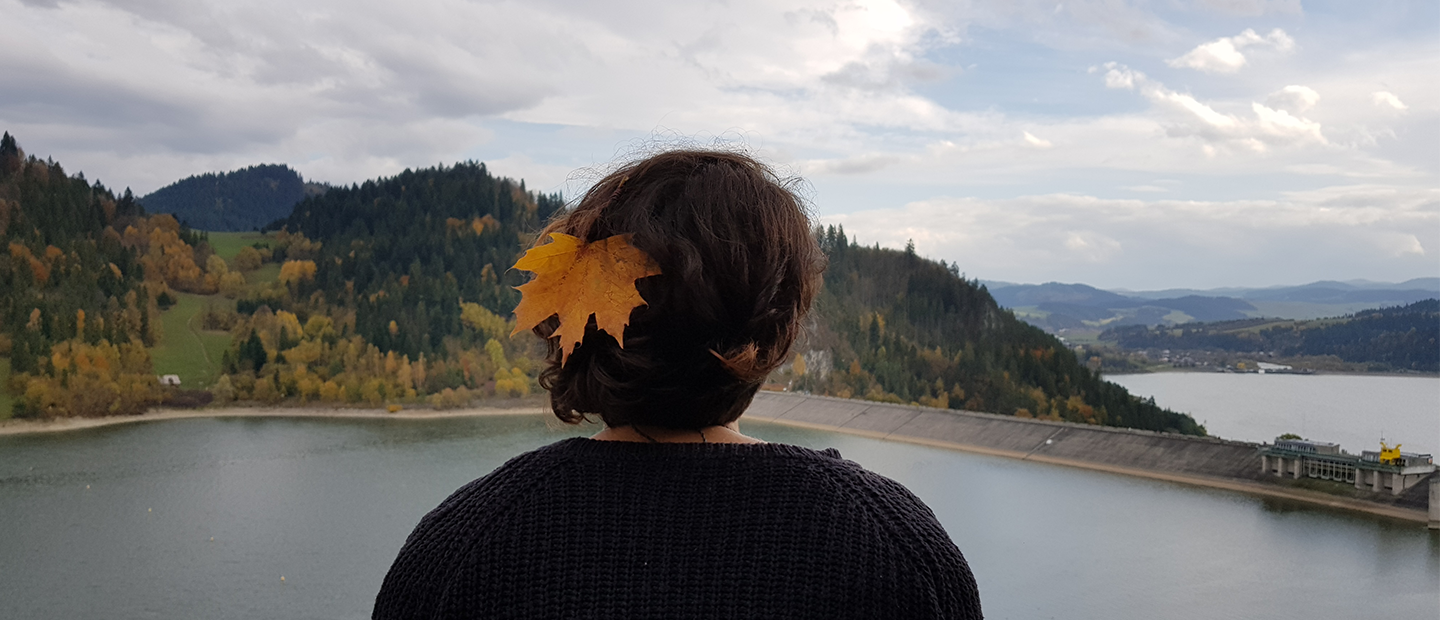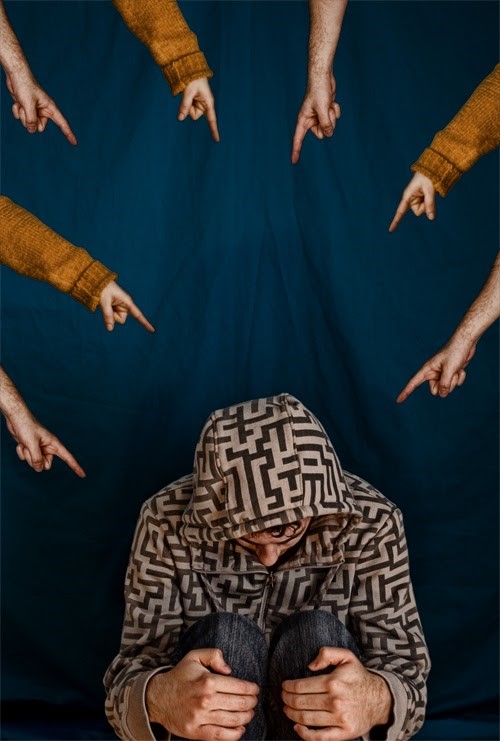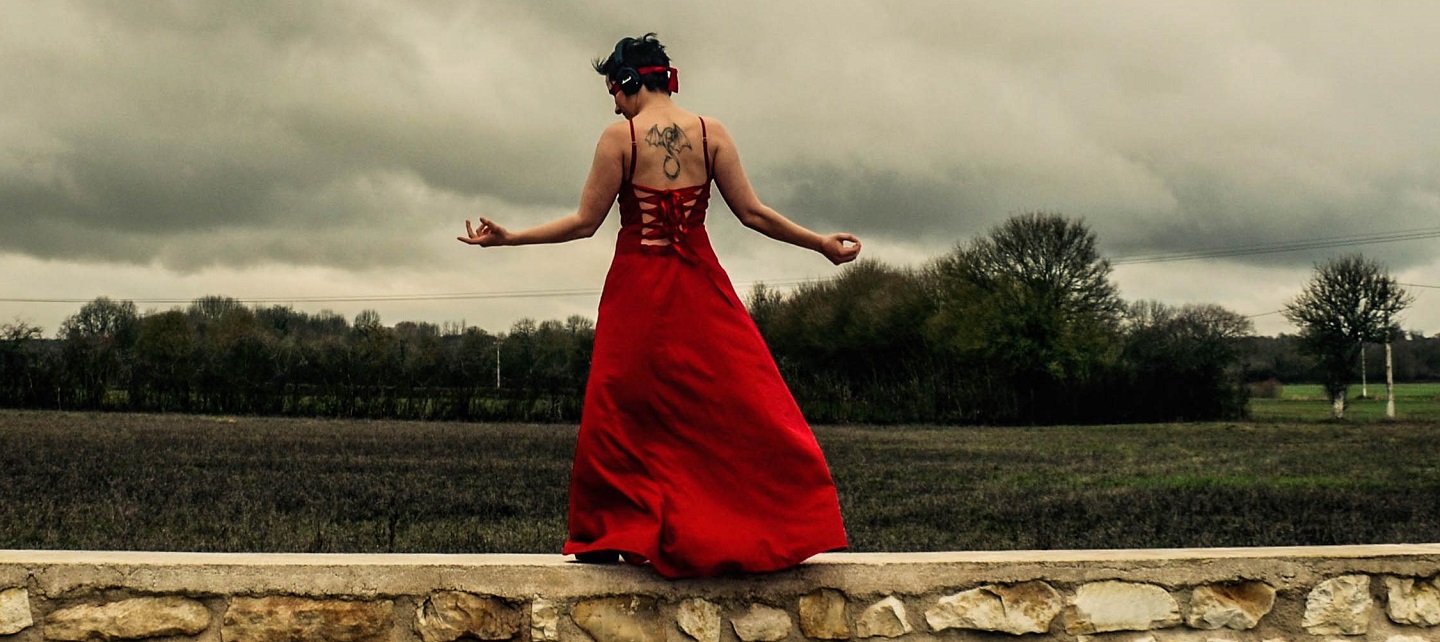Category: Theory
-

Three Forms of LAOGs
in
This article presents a categorization of LAOGs – depending on how they make use of the communication channels in place. It identifies three different forms: The Diegetic Call, The Invisible Call, and The Metaphorical Call.
-

A Ramble in Five Scenes
in
How age, life experience, and the knowledge you have achieved become part of your larp.
-

The Psychotherapeutic Magic of Larp
in
Connecting larp as a tool for personal development with theories from psychology and techniques from drama therapy.
-

It Wasn’t Me
in
“It’s not me, it’s my character.” Definitions of alibi, the ways in which it is emancipating, and the situations when alibi is not enough.
-

Beauty in Larp
in
What makes a thing beautiful to do? In this text Jaakko Stenros and James Lórien MacDonald explore a general aesthetic theory for larp.
-

Labor and Play
in
Have you gone to a larp requiring more work than your day job? Have you done work in a larp and been compensated with fictional resources rather than money?
-

The Paradox of Inclusivity
in
Trying to provide a clearer vision of what inclusivity does, and can, mean; as well as offer practical advice to help us build more inclusive communities.
-

Wyrding the Self
in
Wyrding the self is the sustained effort to decolonize your body from the mythical norm, and begin the process of identity alteration.

